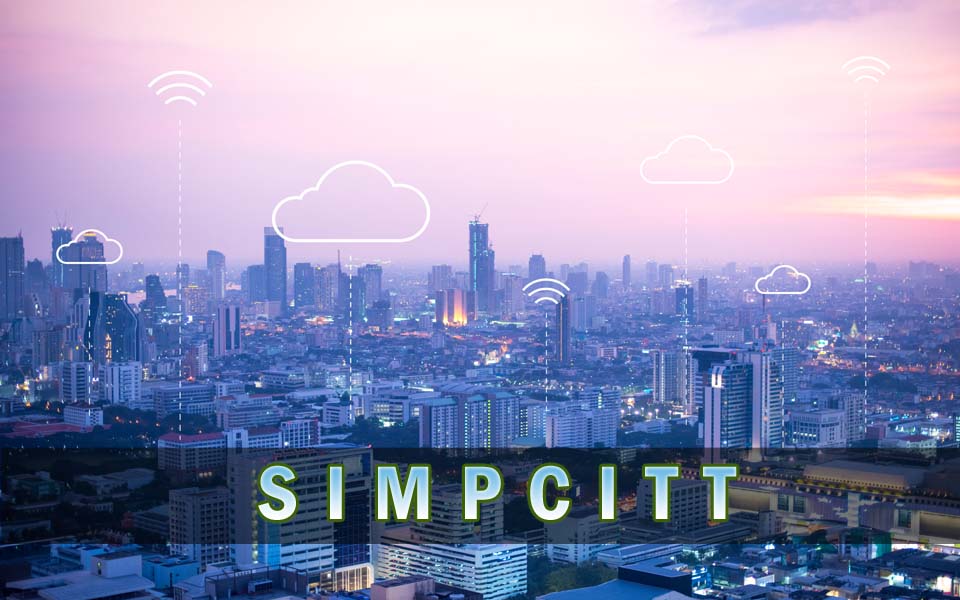Simpcitt: Smarter Urban Living Through Integration

In today’s digital-first era, the term “Simpcitt” is rising fast in conversations surrounding smart city innovation. From public administrators to tech startups and urban developers, Simpcitt is being hailed as a game-changing concept in the pursuit of smarter, more connected urban living. This guide explores what Simpcitt truly means, how it works, and why it holds the potential to reshape cities as we know them — all while making it simpler for people to live, work, and thrive in their communities.
What is Simpcitt?
Simpcitt is a futuristic yet practical framework designed to simplify smart city ecosystems. As cities grow more digitally connected, they often fall into the trap of building fragmented systems — transportation apps that don’t sync with emergency services, utility data stuck in silos, or disconnected citizen portals. Simpcitt solves this by uniting disparate systems into one centralized platform. The name is a combination of “simplicity” and “city,” and its goal is to drive efficient, integrated, and user-friendly smart urban management.
At its core, Simpcitt represents a shift from complexity to clarity. It encourages municipalities to rethink how data flows, how services connect, and how citizens interact with city infrastructure. Instead of creating more layers of tech, it strips things down — streamlining access, integration, and decision-making processes.
Core Features and Functionalities
Simpcitt is not a product but an approach — often delivered as a platform or suite of interoperable tools. Below are its defining features and capabilities:
- Centralized Operational Dashboard: A unified command center that gives city leaders real-time access to data streams such as public transit status, energy consumption, weather alerts, and emergency response triggers.
- AI-Driven Predictive Analytics: Simpcitt platforms integrate machine learning algorithms to forecast issues like traffic congestion, utility overloads, or public health risks.
- IoT Integration: From smart traffic lights to city-wide Wi-Fi and air quality sensors, Simpcitt platforms aggregate and make sense of data from thousands of IoT nodes.
- Mobile Citizen Interface: Residents can log service requests, receive alerts, and interact with their city through apps or responsive web portals powered by the platform.
- Cloud-Based Scalability: Built on modern cloud architecture, Simpcitt scales effortlessly with growing urban demands and can be adapted for small towns or mega-cities alike.
Benefits of Using Simpcitt
Implementing Simpcitt in urban planning yields multi-dimensional benefits, both for government and citizens. Here’s how it transforms city life:
Enhanced City-Wide Efficiency
Simpcitt minimizes redundancy by connecting departments and enabling data-sharing across agencies. Traffic updates from sensors can influence bus route adjustments. Energy usage insights can optimize public lighting. These synergies reduce operational costs while boosting service delivery speed.
Improved Public Safety
With live surveillance analytics, emergency alerts, and digital coordination tools, cities can respond to crises faster and with greater precision. Simpcitt platforms have enabled faster ambulance dispatches, reduced crime through predictive policing, and improved fire risk assessments.
Eco-Friendly Infrastructure
Smart water meters, green energy monitoring, and carbon tracking systems allow for sustainable city operations. Simpcitt provides dashboards to track environmental KPIs and automate processes like waste pickup schedules or smart irrigation — reducing emissions and optimizing natural resource use.
Stronger Citizen Engagement
Citizens no longer need to stand in line or navigate clunky websites. Through a Simpcitt-enabled mobile platform, residents get access to all city services — from permits and billing to parking updates and local news. Transparency and trust improve when people can see service updates in real time.
Cost Reductions
By eliminating siloed tech stacks and embracing automation, municipalities save on labor, hardware maintenance, and outdated software licensing. Cost savings from Simpcitt can be redirected toward public programs or urban renewal projects.
How to Get Started with Simpcitt

While Simpcitt implementation varies by city, most smart transformation projects follow a clear roadmap. Here’s how cities can begin adopting the Simpcitt model:
- Assess Current Infrastructure: Audit what systems are in place — from traffic monitoring to billing systems — and map out inefficiencies.
- Engage Stakeholders: Include city council members, tech vendors, civil engineers, and citizens in shaping the implementation goals.
- Select a Platform or Build Custom: Based on budget and scale, cities can license a Simpcitt-compatible platform or build a modular solution using open APIs.
- Test with Pilot Programs: Start with one sector — for instance, waste management or traffic — and monitor its performance.
- Expand Systematically: Once a pilot succeeds, extend it to departments like education, healthcare, urban mobility, and public safety.
Whether through a SaaS vendor or public-private partnership, the secret is starting small and scaling quickly.
Simpcitt vs Traditional Smart City Platforms
Most traditional smart city models are focused on infrastructure. While effective, many of these solutions are proprietary, rigid, or fragmented. Simpcitt stands apart by putting simplicity, usability, and cross-functionality at the center of design.
Here’s a quick comparison:
| Feature | Traditional Platforms | Simpcitt |
|---|---|---|
| Integration | Limited & siloed | Fully interconnected |
| User Interface | Tech-heavy, outdated | Simple, mobile-first |
| Citizen Services | Manual or scattered | Unified experience |
| Data Management | Fragmented | AI-driven & centralized |
| Scalability | Challenging | Modular & cloud-native |
The Future of Simpcitt
The road ahead for Simpcitt is filled with innovation. As 5G becomes the backbone of urban infrastructure and edge computing accelerates, the Simpcitt framework will evolve into a plug-and-play model across city grids. Expect developments like:
- AI Governance: Algorithms that make regulatory decisions in real time based on citizen needs and environmental data.
- Blockchain for Transparency: Enabling tamper-proof voting systems, land records, and contract automation.
- Digital Twin Cities: Simulating urban planning projects in virtual environments before deployment.
- Hyperpersonalized City Services: Location-aware updates and hyperlocal alerts tailored to each resident’s profile.
With constant pressure on urban resources, the importance of smart, agile city systems is greater than ever. Simpcitt is the bridge between outdated bureaucracy and a truly modern, digitally-native public experience.
Conclusion
Simpcitt is more than a framework — it’s a mindset shift. Cities that embrace it are better equipped to manage rapid urban growth, rising citizen expectations, and global challenges like climate change. By unifying technology, governance, and public engagement into one integrated approach, Simpcitt turns complex problems into manageable, measurable solutions.
For cities aiming to become more livable, efficient, and sustainable, Simpcitt offers the blueprint. It’s not just about building smart — it’s about building smarter.
Let me know if you want me to export this as a `.docx` or `.html` file, include internal links, or integrate schema markup for SEO.






